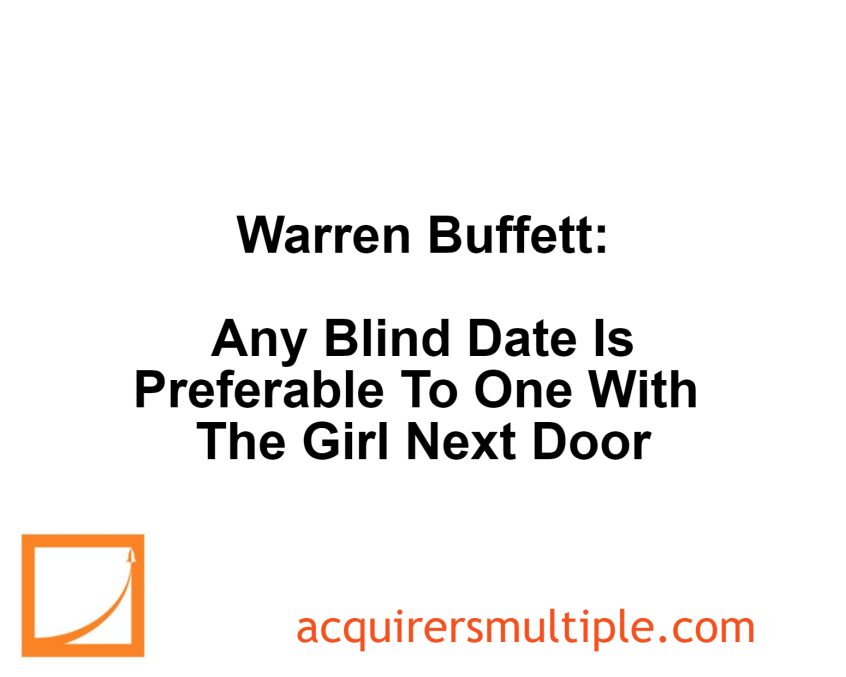In his 1987 Chairman’s Letter, Warren Buffett explained how investors make the mistake of choosing exotic-sounding businesses over the less exotic, boring ones. Here’s an excerpt from the letter:
Gypsy Rose Lee announced on one of her later birthdays: “I have everything I had last year; it’s just that it’s all two inches lower.” As the table shows, during 1987 almost all of our businesses aged in a more upbeat way.
There’s not a lot new to report about these businesses – and that’s good, not bad. Severe change and exceptional returns usually don’t mix. Most investors, of course, behave as if just the opposite were true.
That is, they usually confer the highest price-earnings ratios on exotic-sounding businesses that hold out the promise of feverish change.
That prospect lets investors fantasize about future profitability rather than face today’s business realities. For such investor-dreamers, any blind date is preferable to one with the girl next door, no matter how desirable she may be.
Experience, however, indicates that the best business returns are usually achieved by companies that are doing something quite similar today to what they were doing five or ten years ago. That is no argument for managerial complacency.
Businesses always have opportunities to improve service, product lines, manufacturing techniques, and the like, and obviously these opportunities should be seized. But a business that constantly encounters major change also encounters many chances for major error.
Furthermore, economic terrain that is forever shifting violently is ground on which it is difficult to build a fortress-like business franchise. Such a franchise is usually the key to sustained high returns.
The Fortune study I mentioned earlier supports our view. Only 25 of the 1,000 companies met two tests of economic excellence – an average return on equity of over 20% in the ten years, 1977 through 1986, and no year worse than 15%. These business superstars were also stock market superstars: During the decade, 24 of the 25 outperformed the S&P 500.
You can read the entire letter here:
Berkshire Hathaway 1987 Shareholder Letter
For all the latest news and podcasts, join our free newsletter here.
Don’t forget to check out our FREE Large Cap 1000 – Stock Screener, here at The Acquirer’s Multiple:



